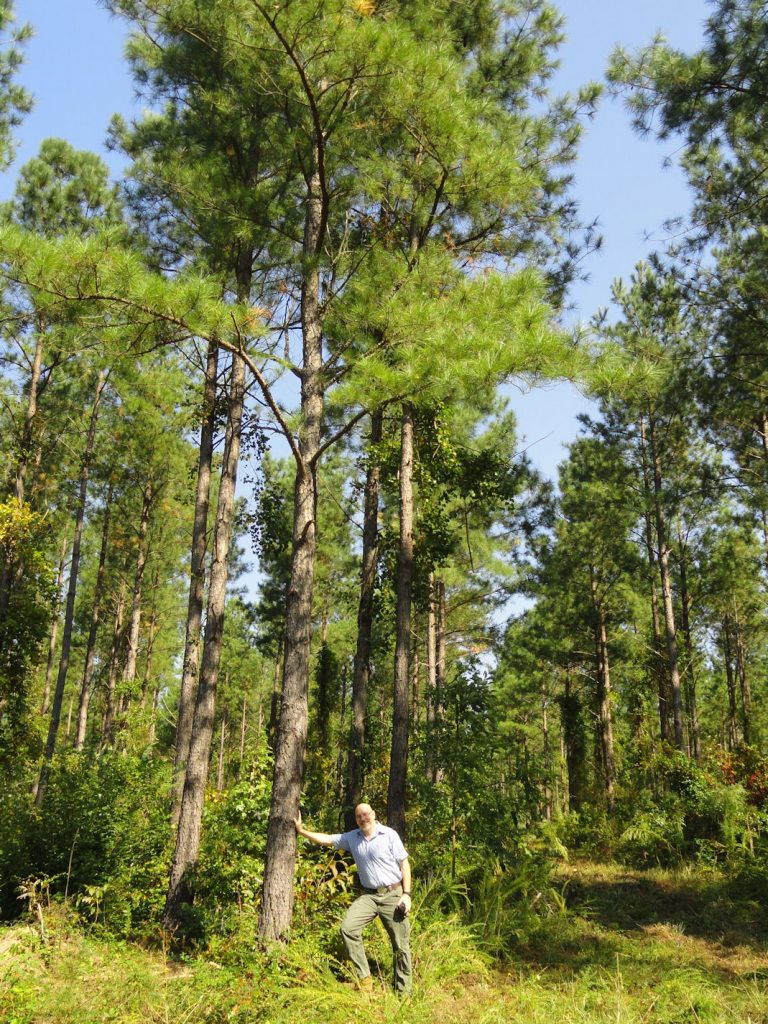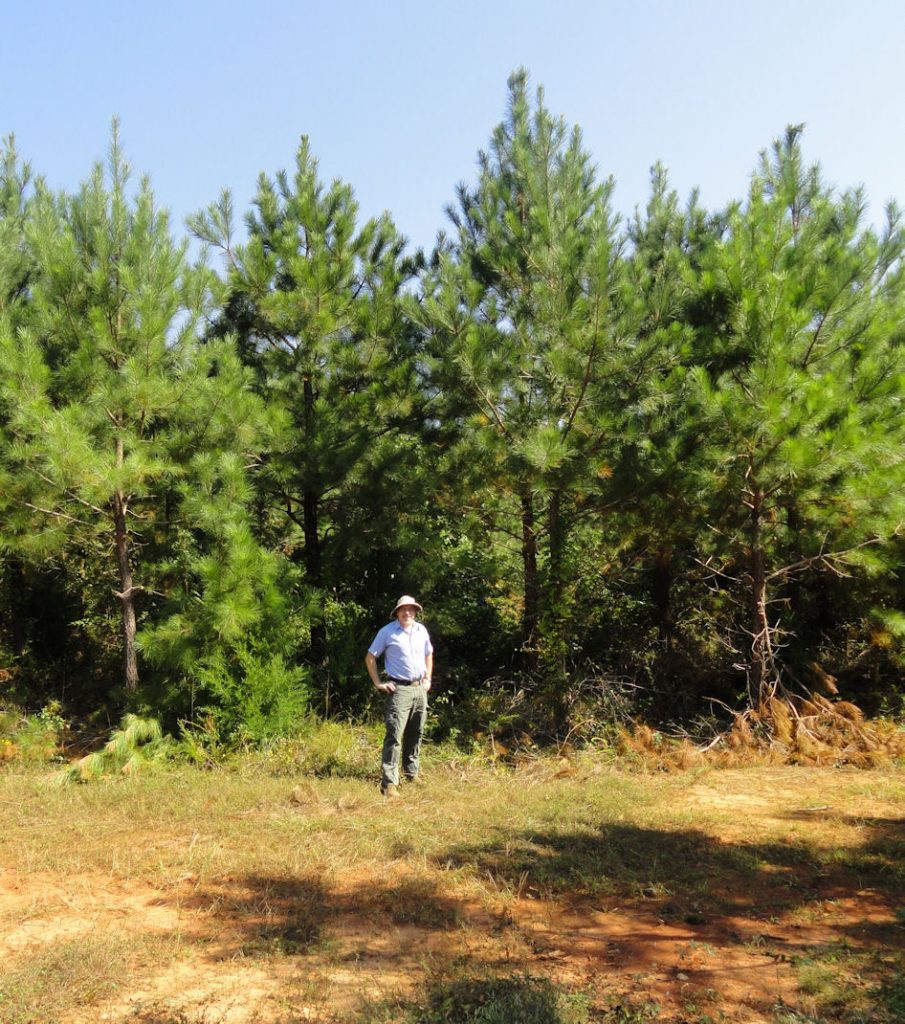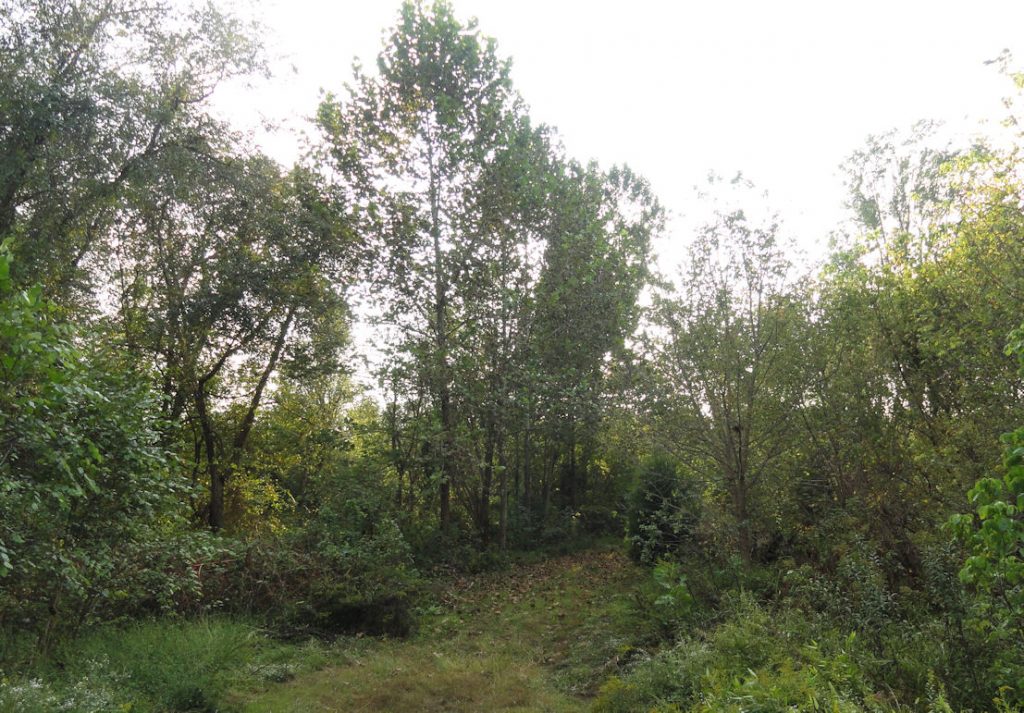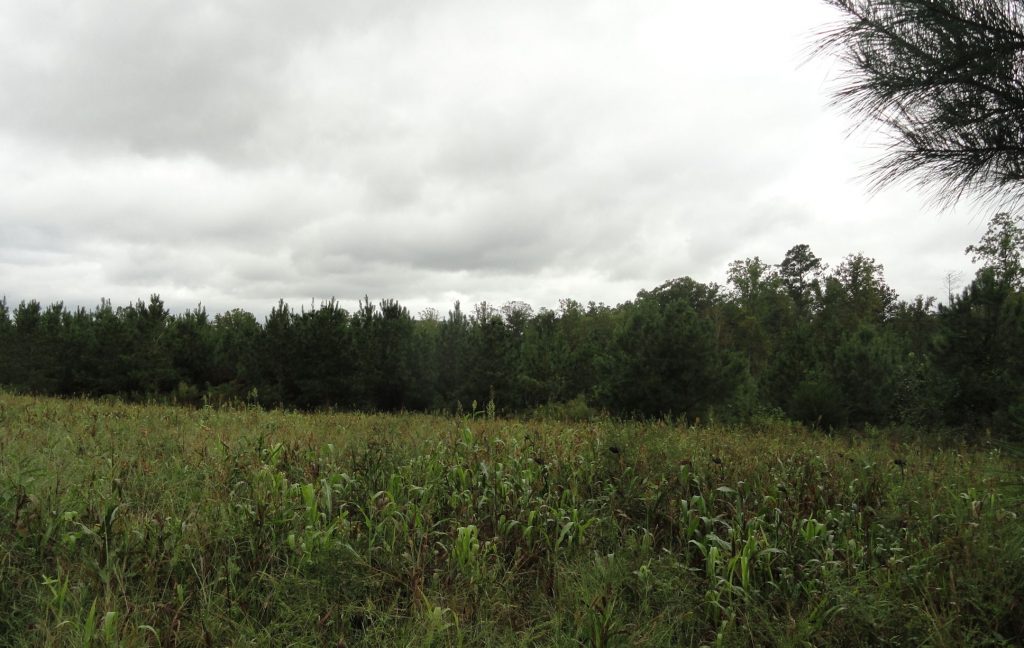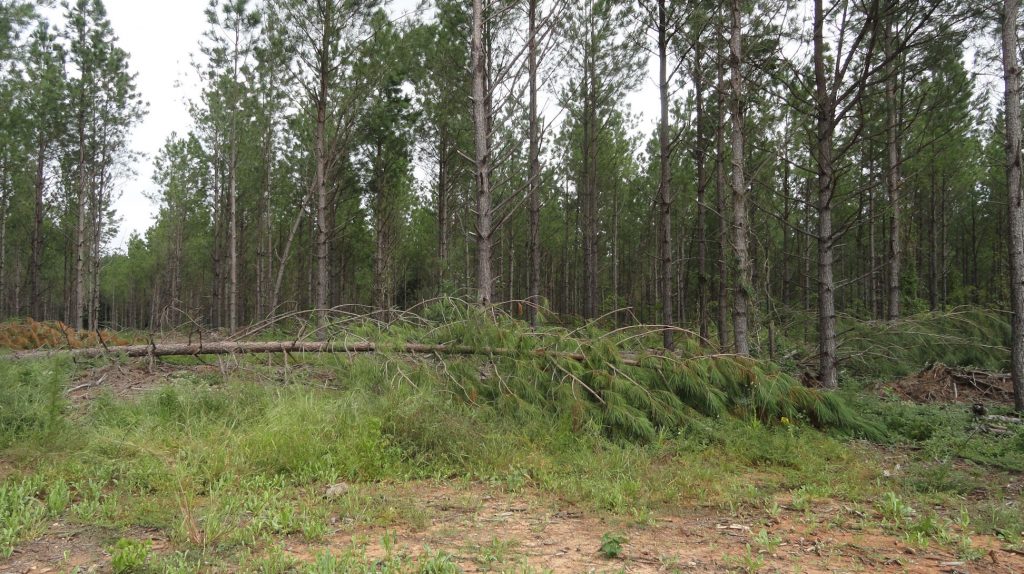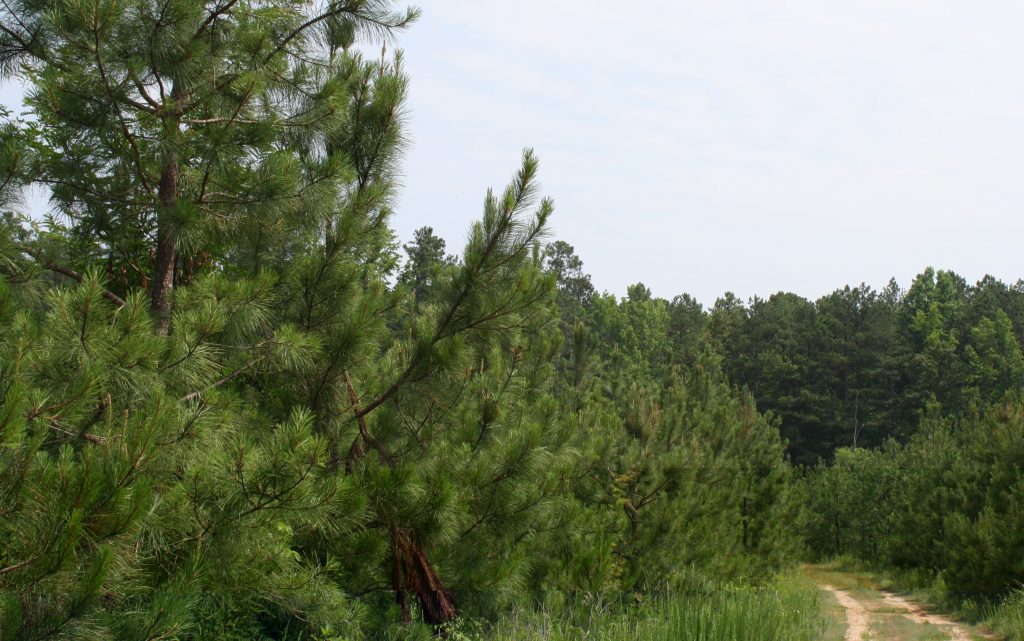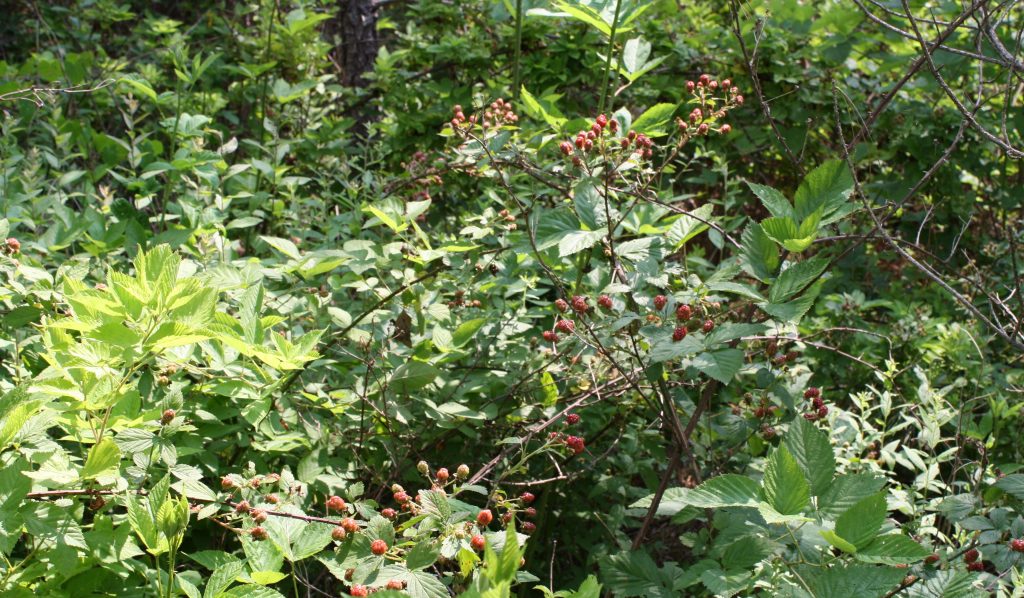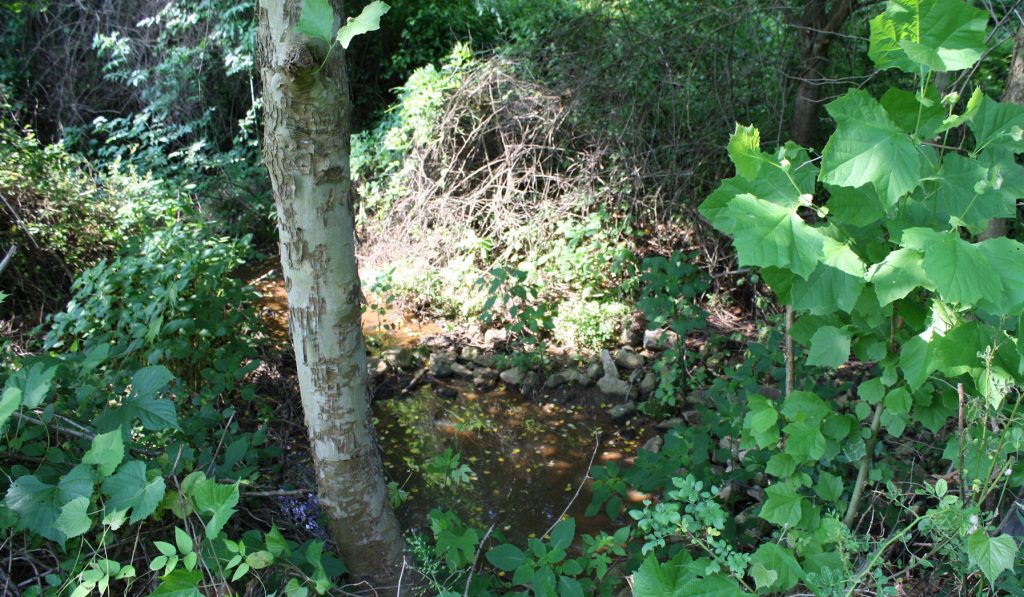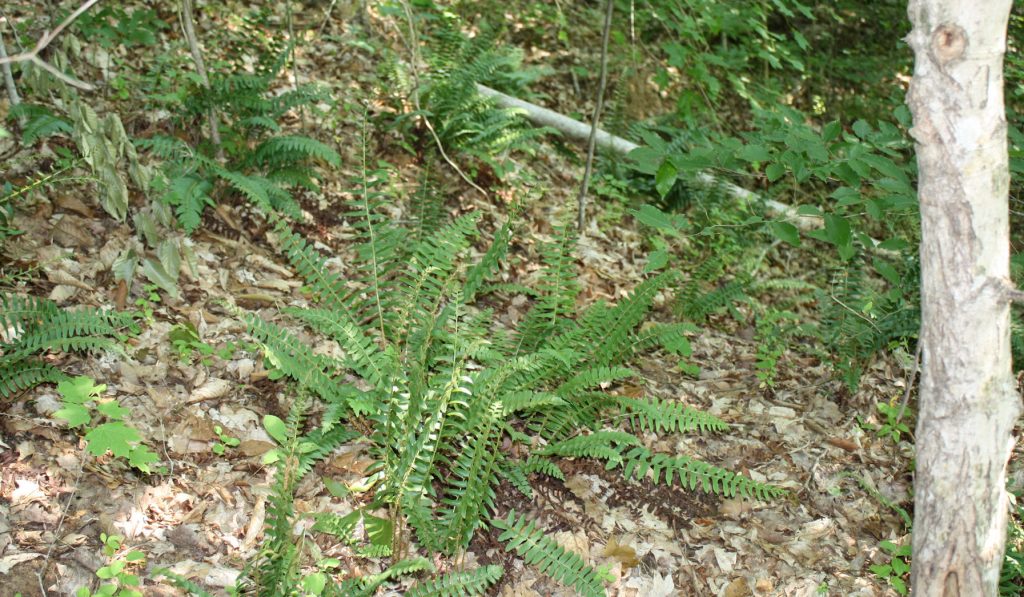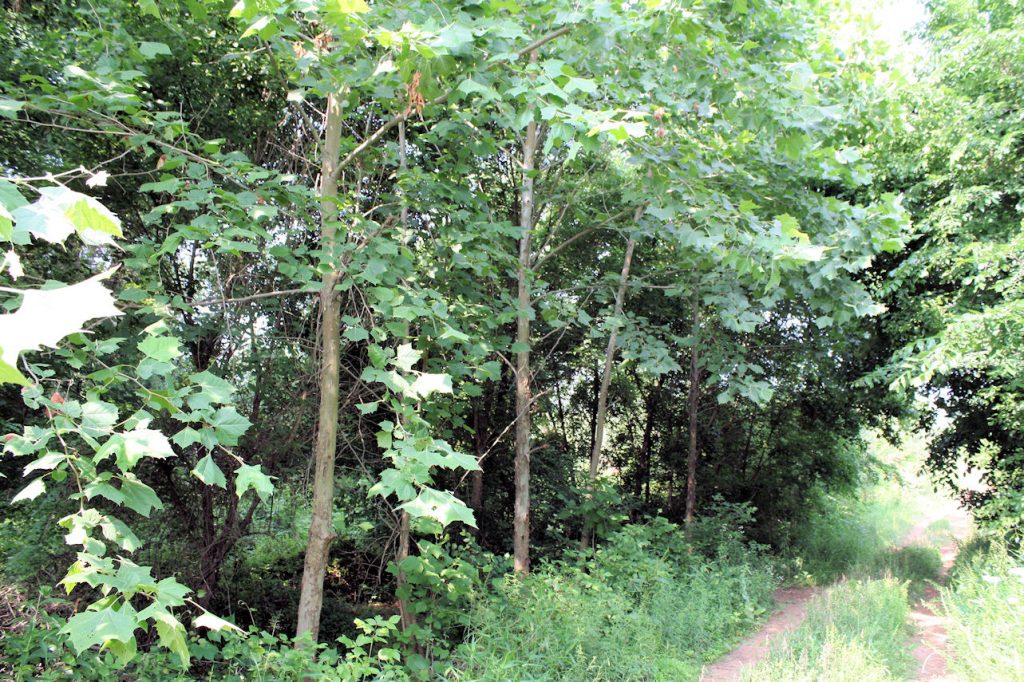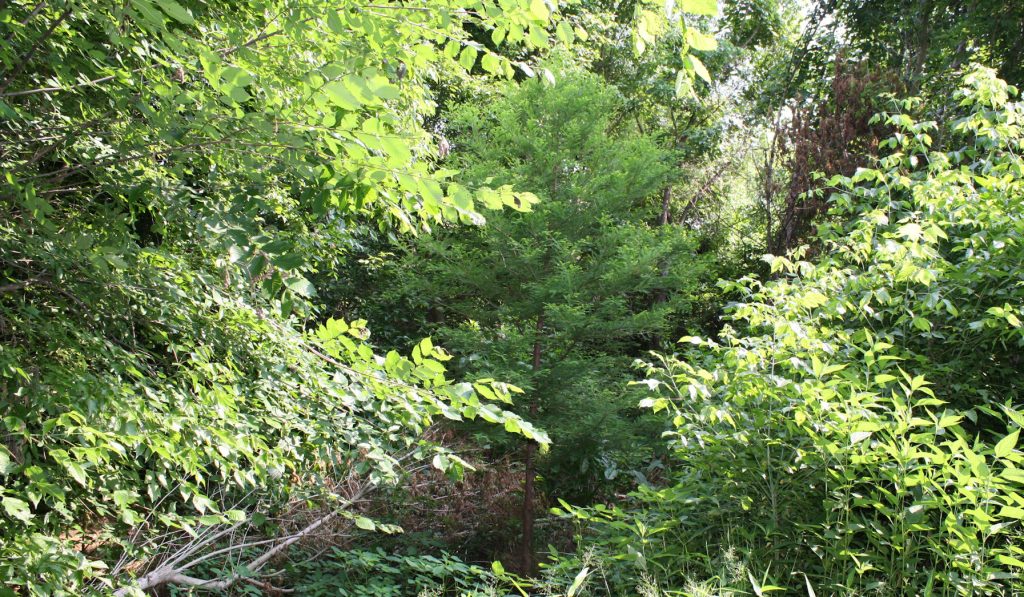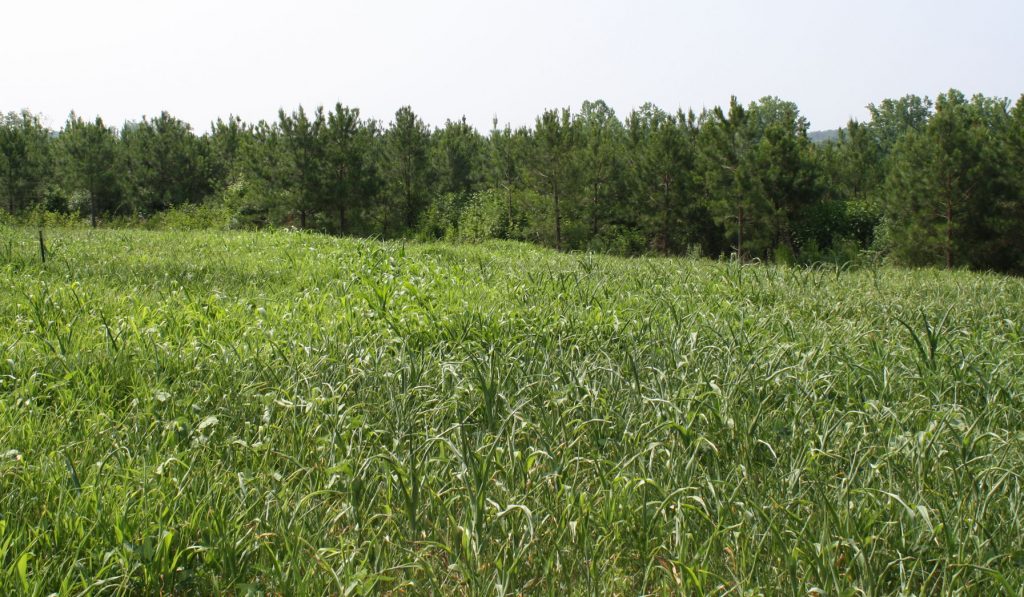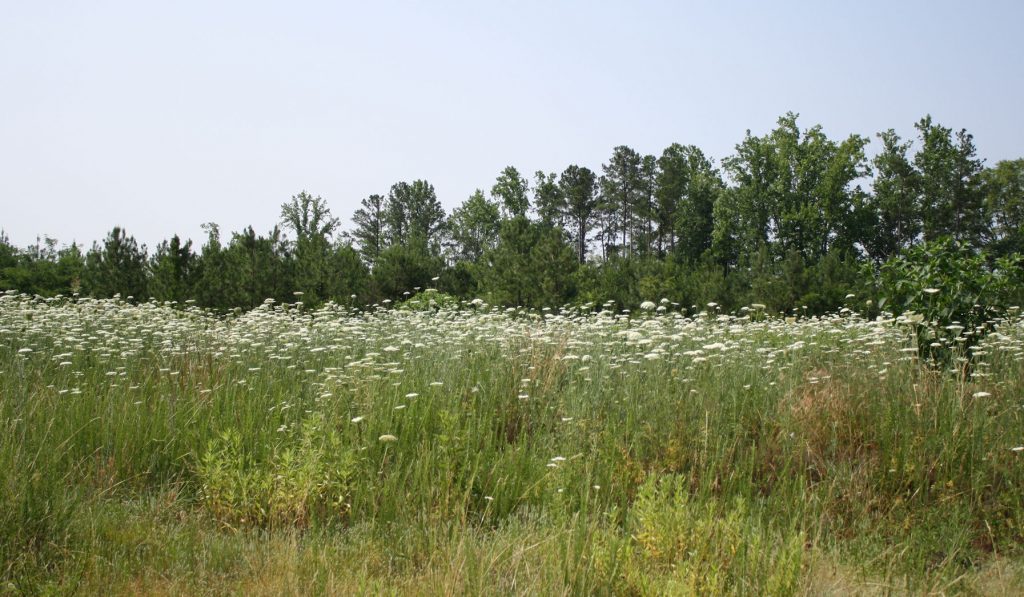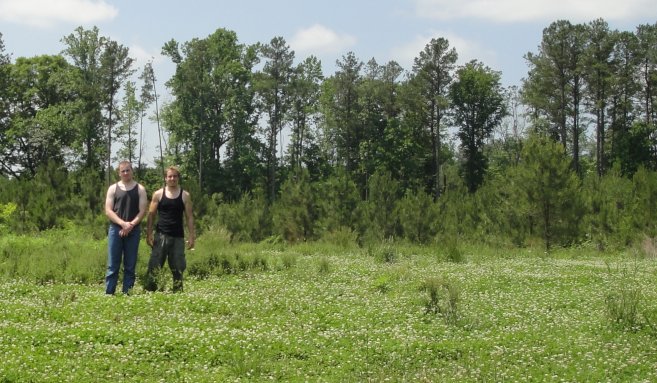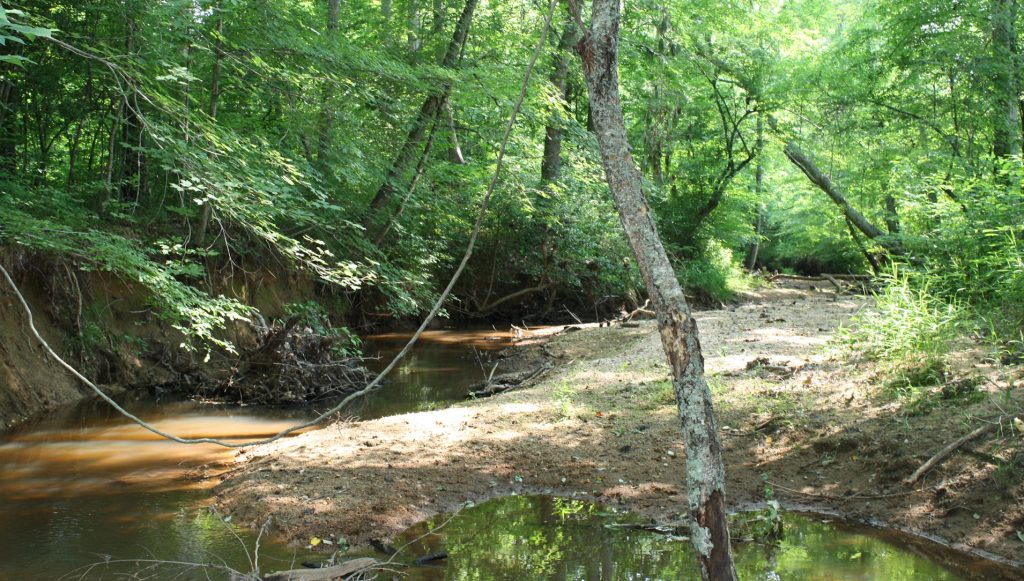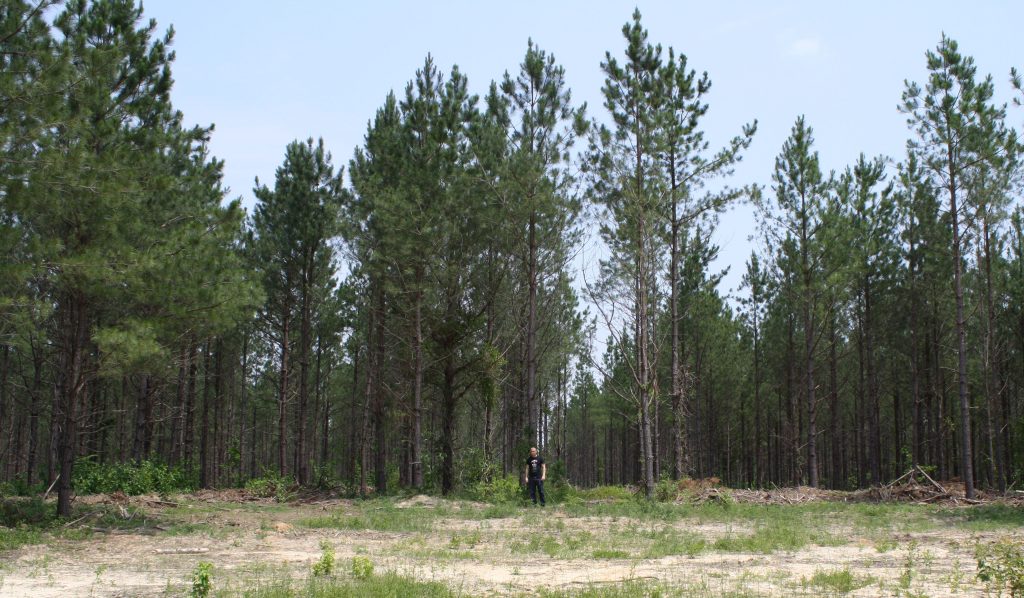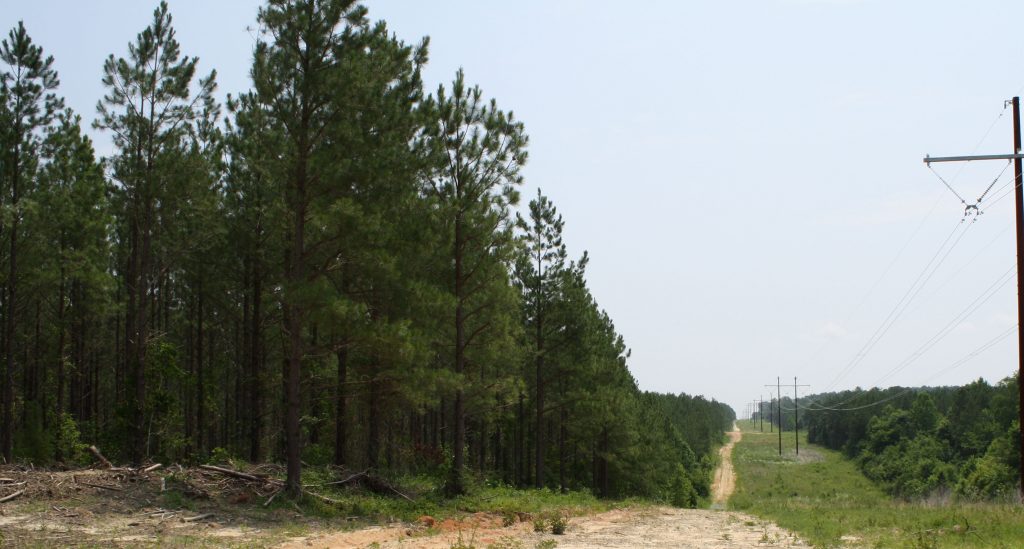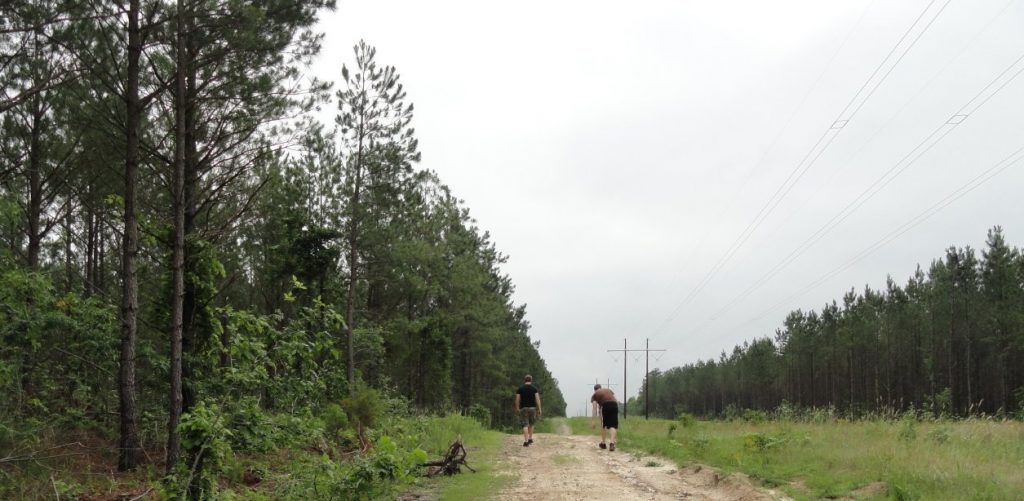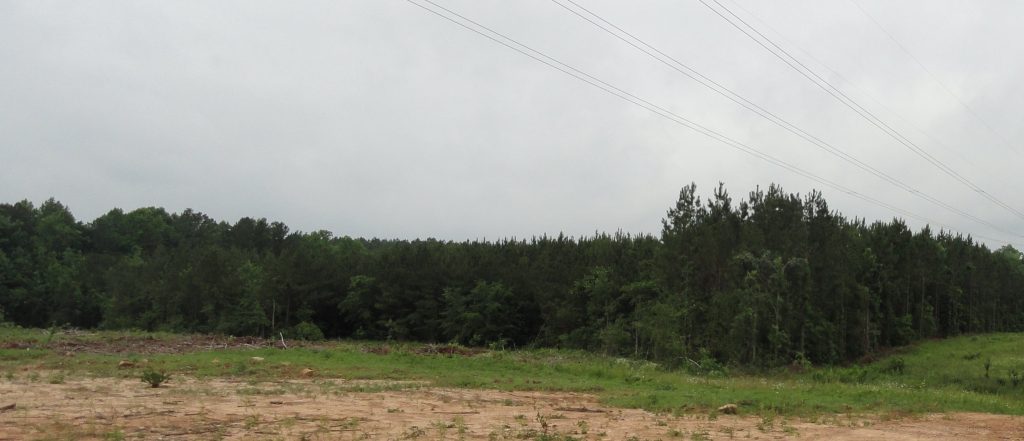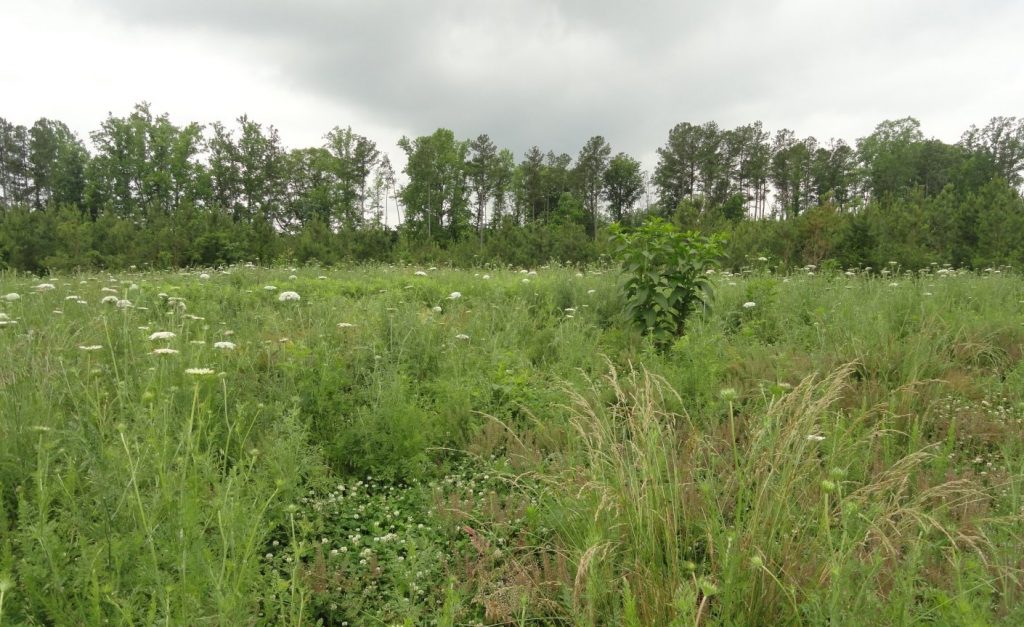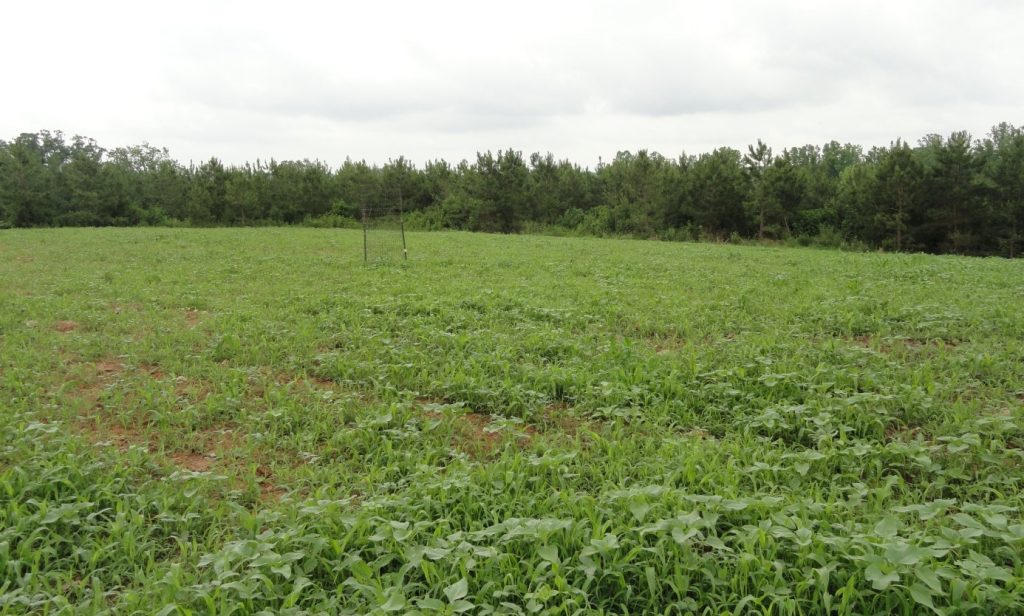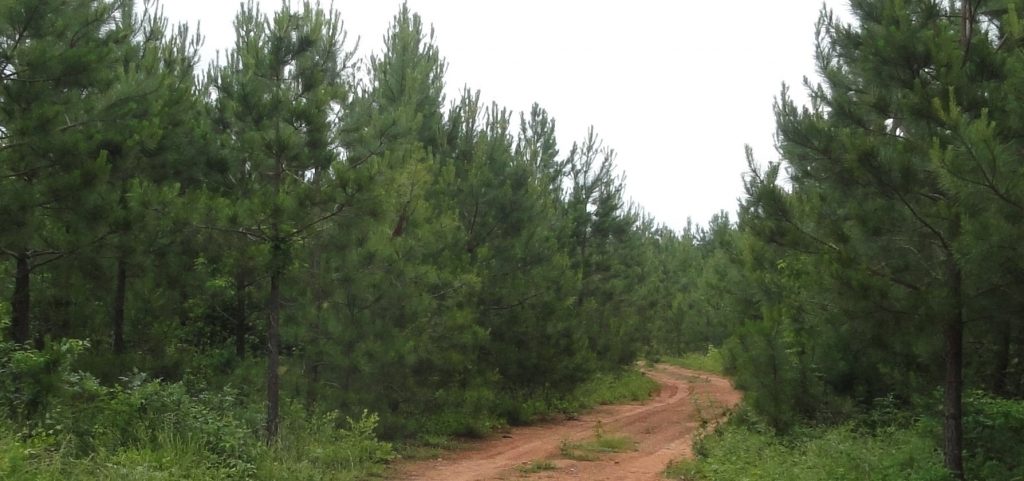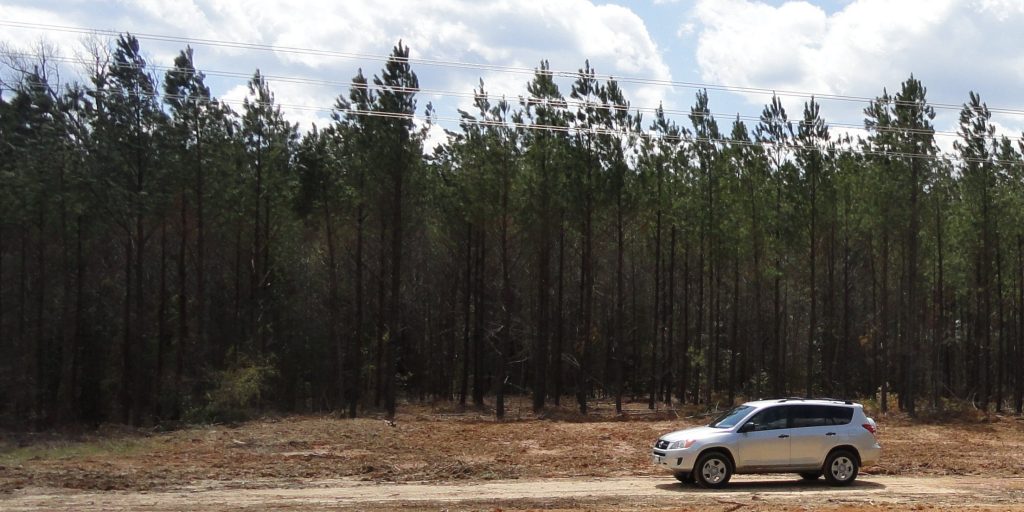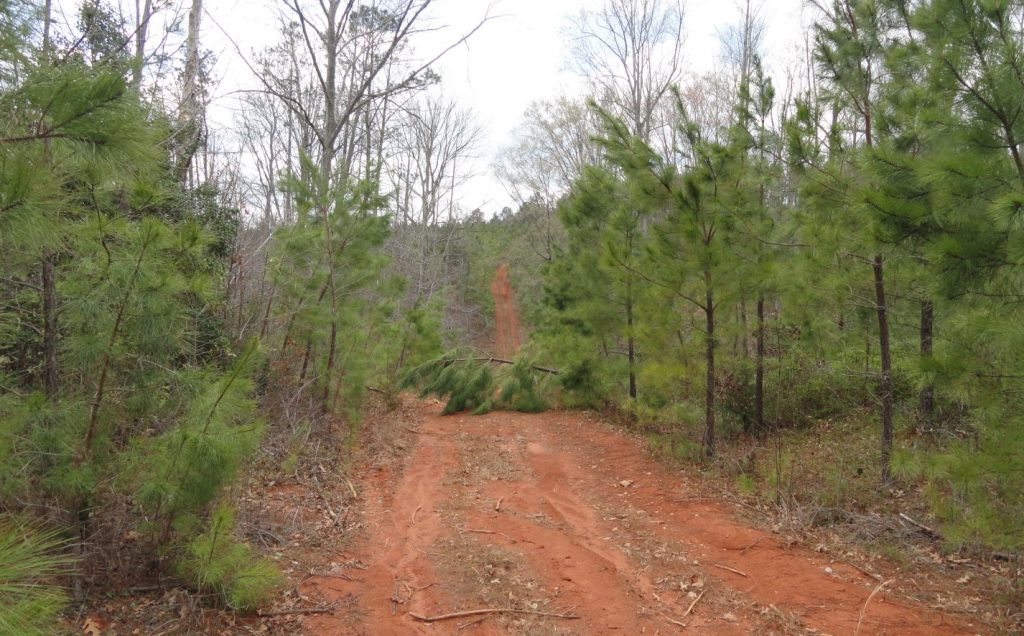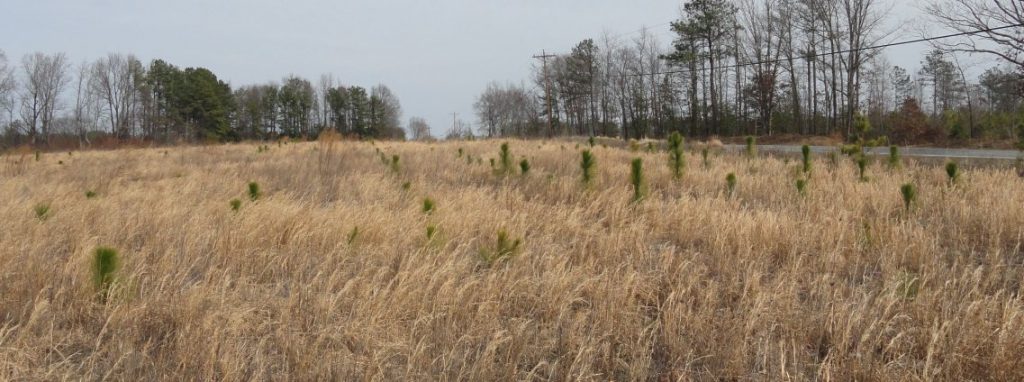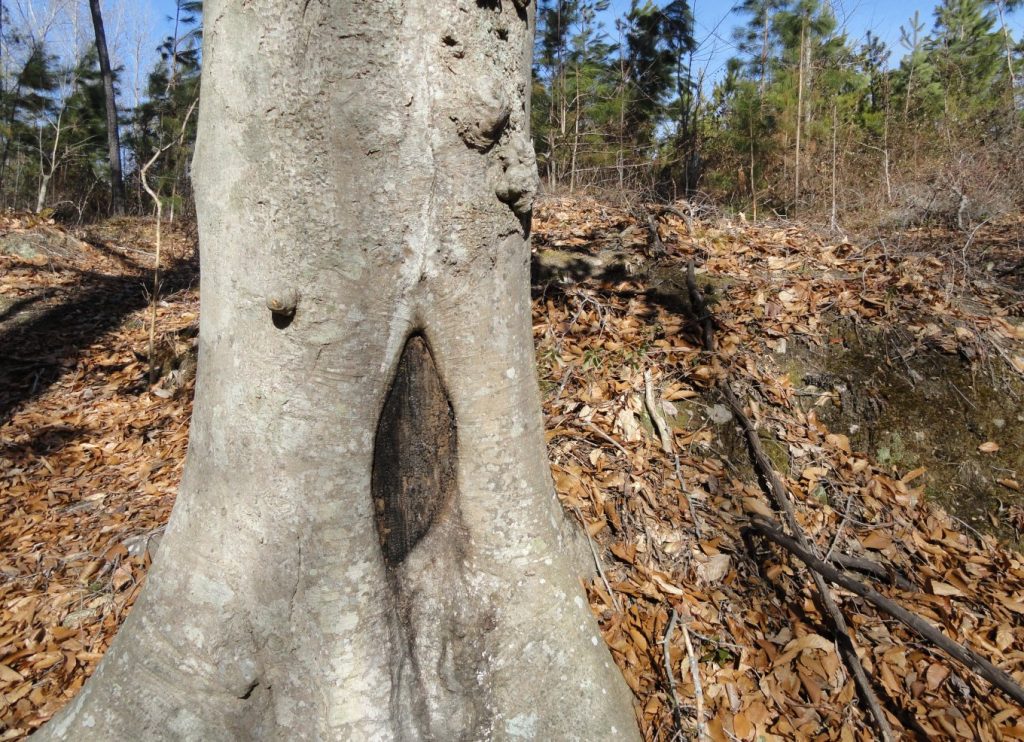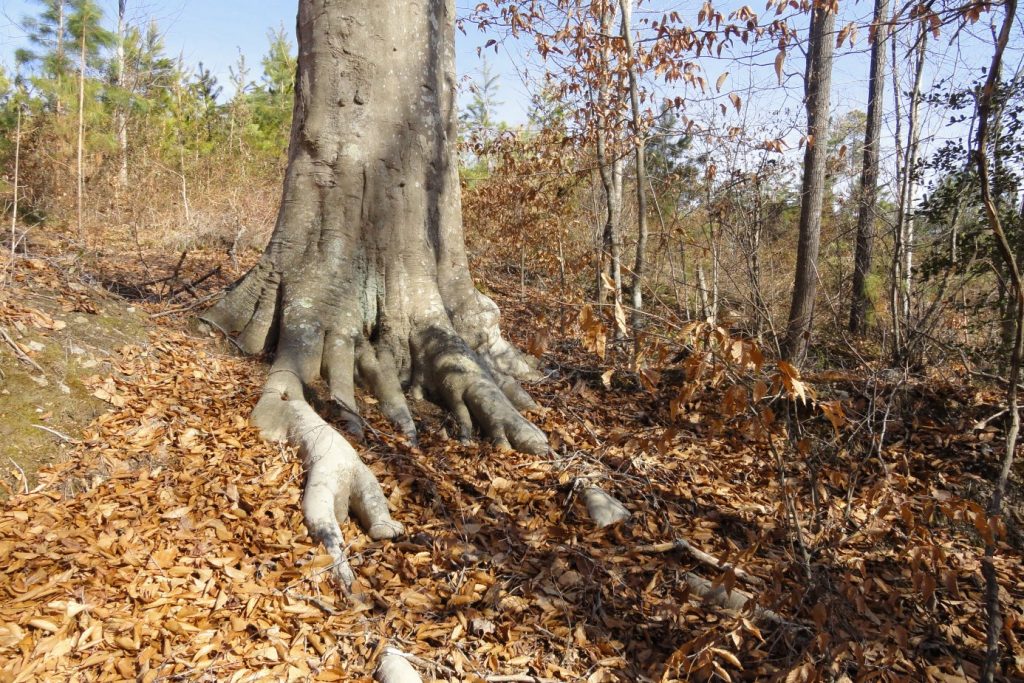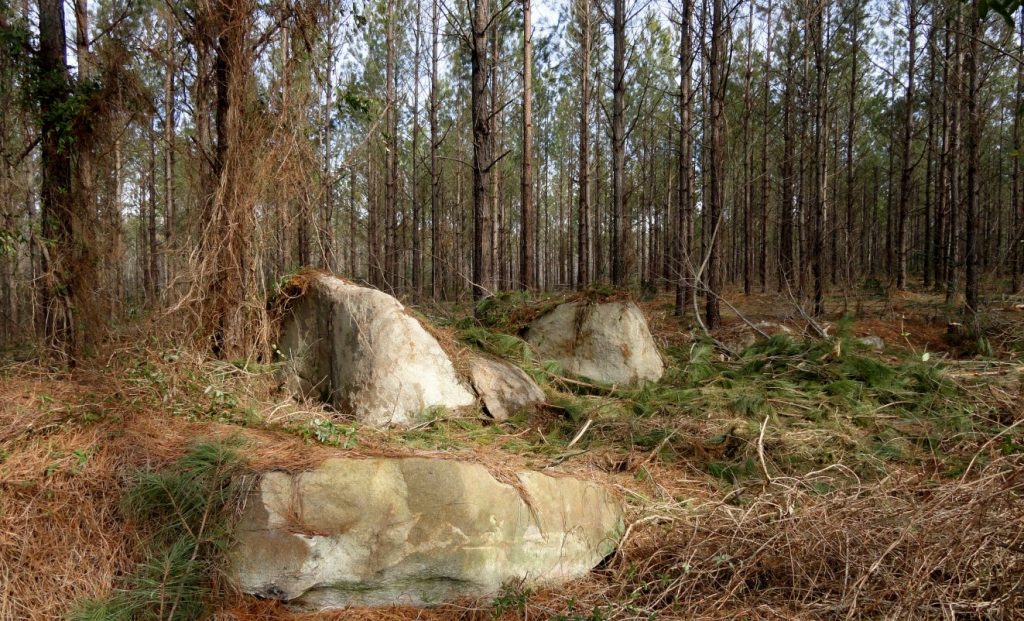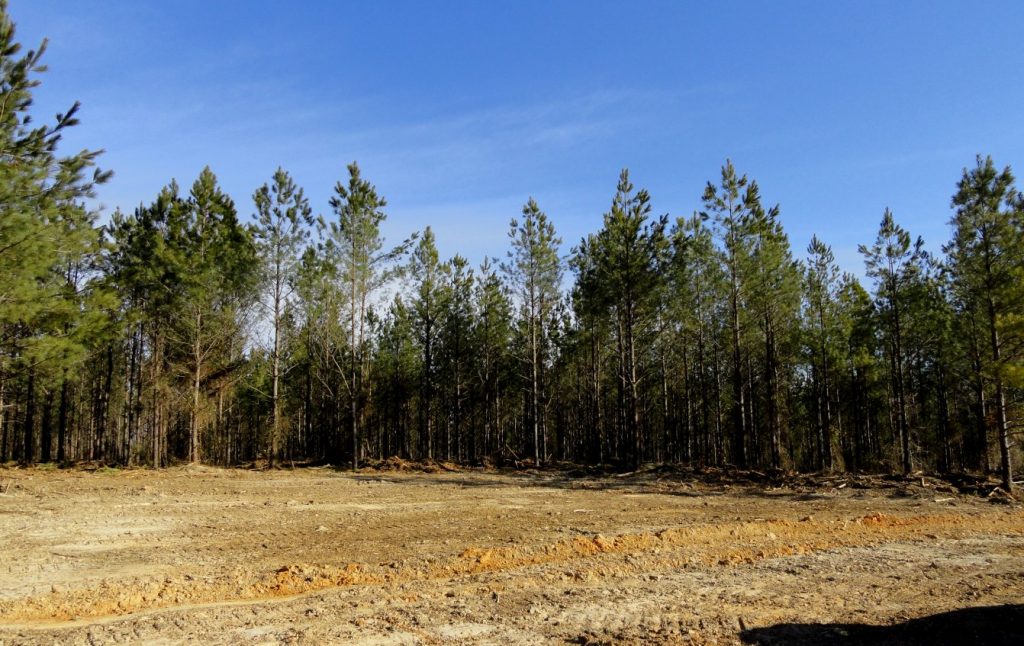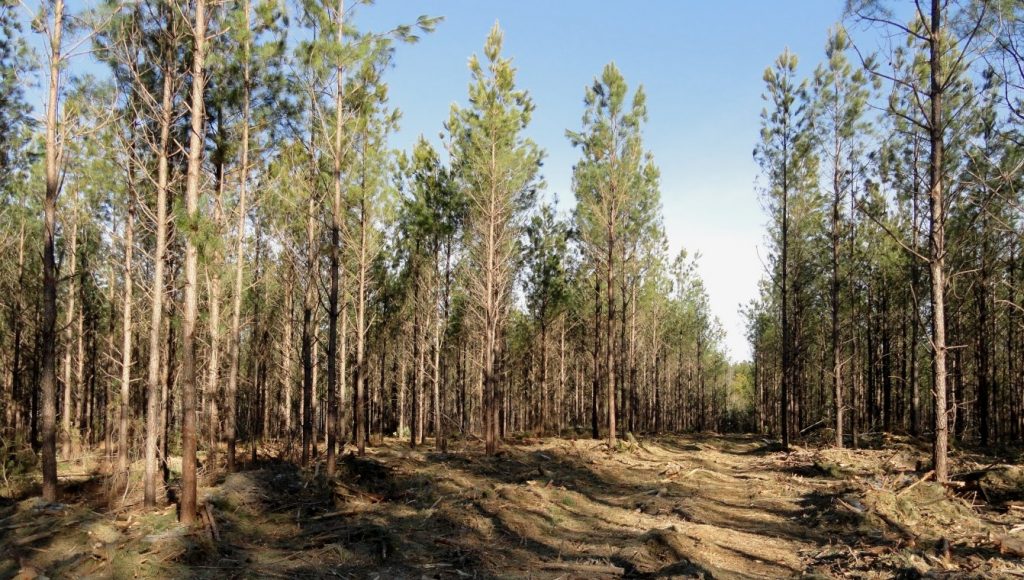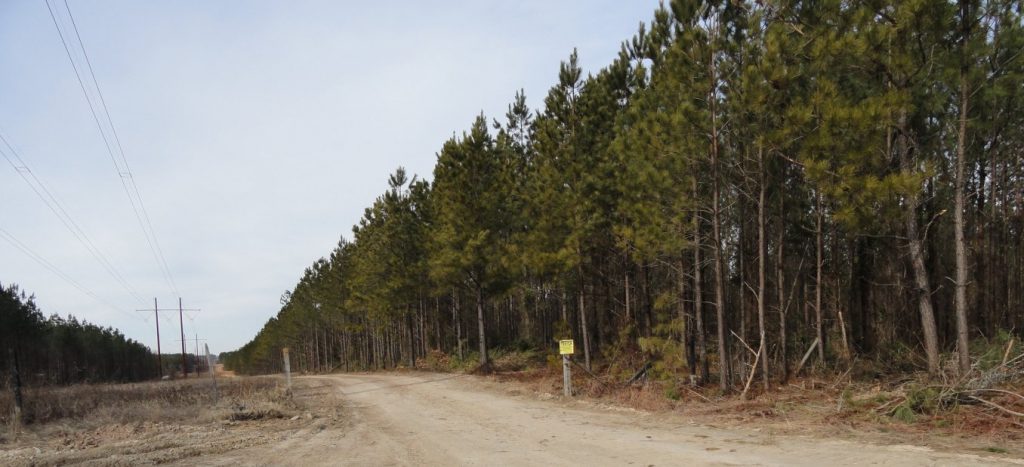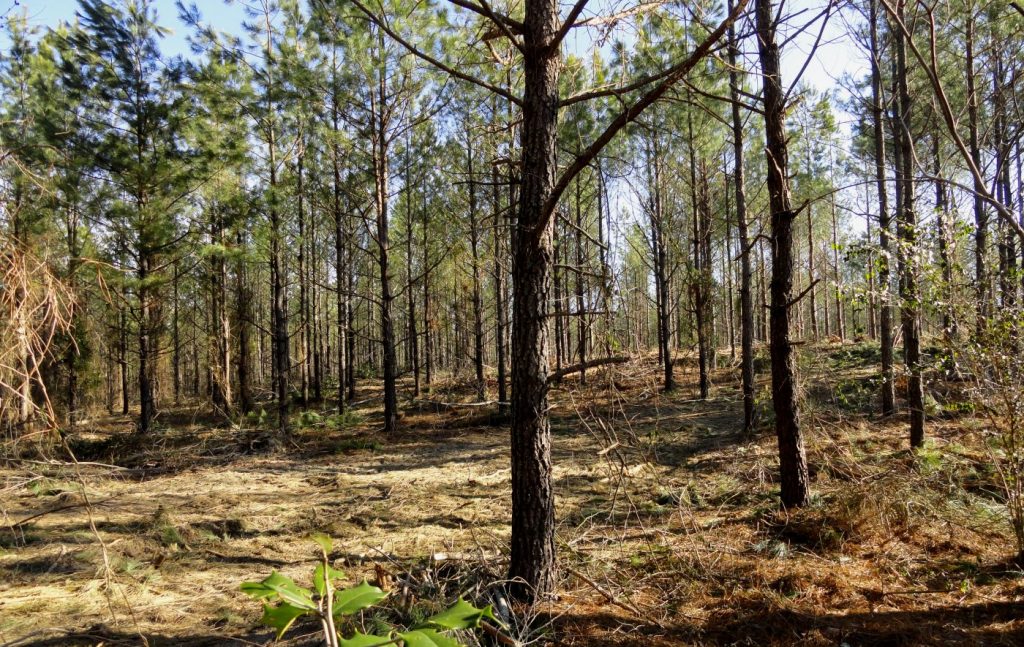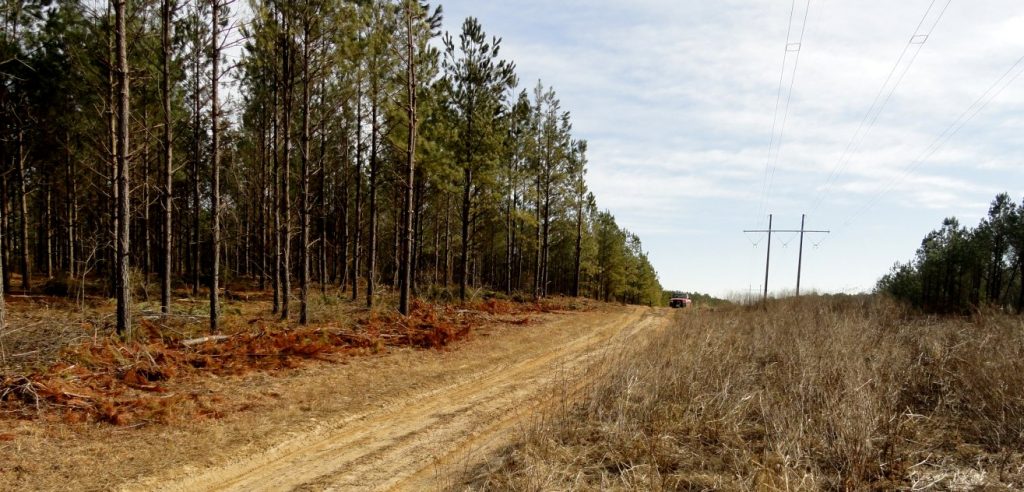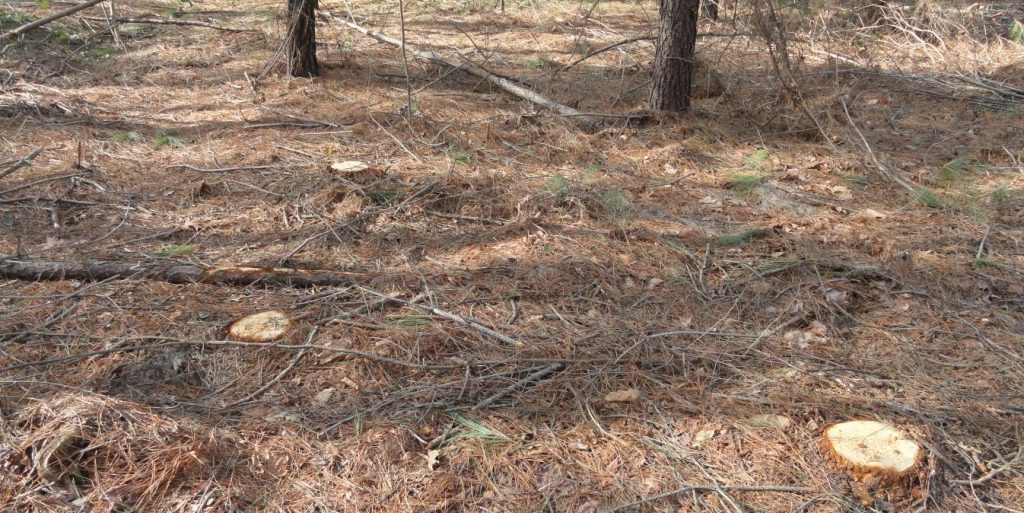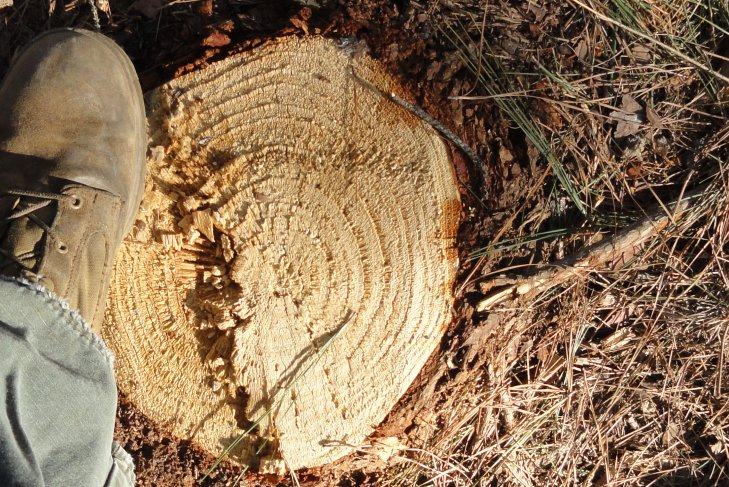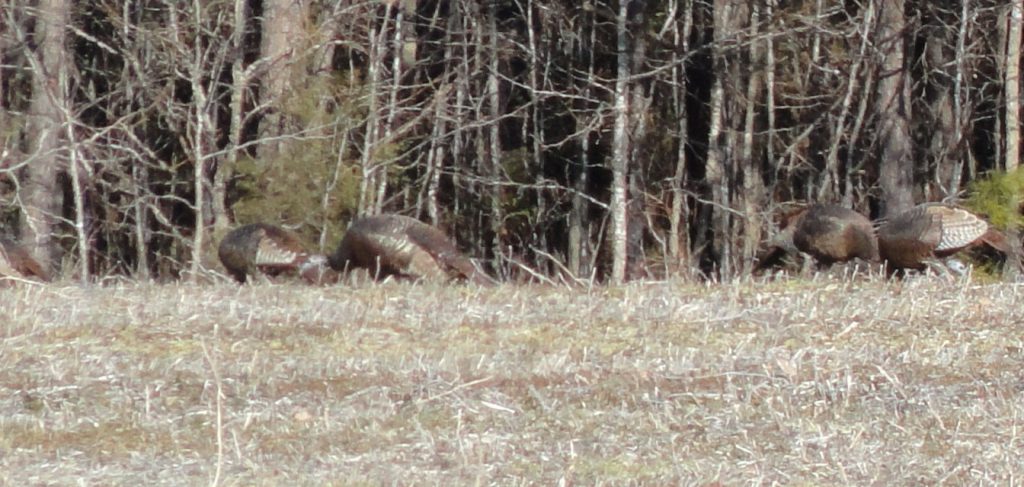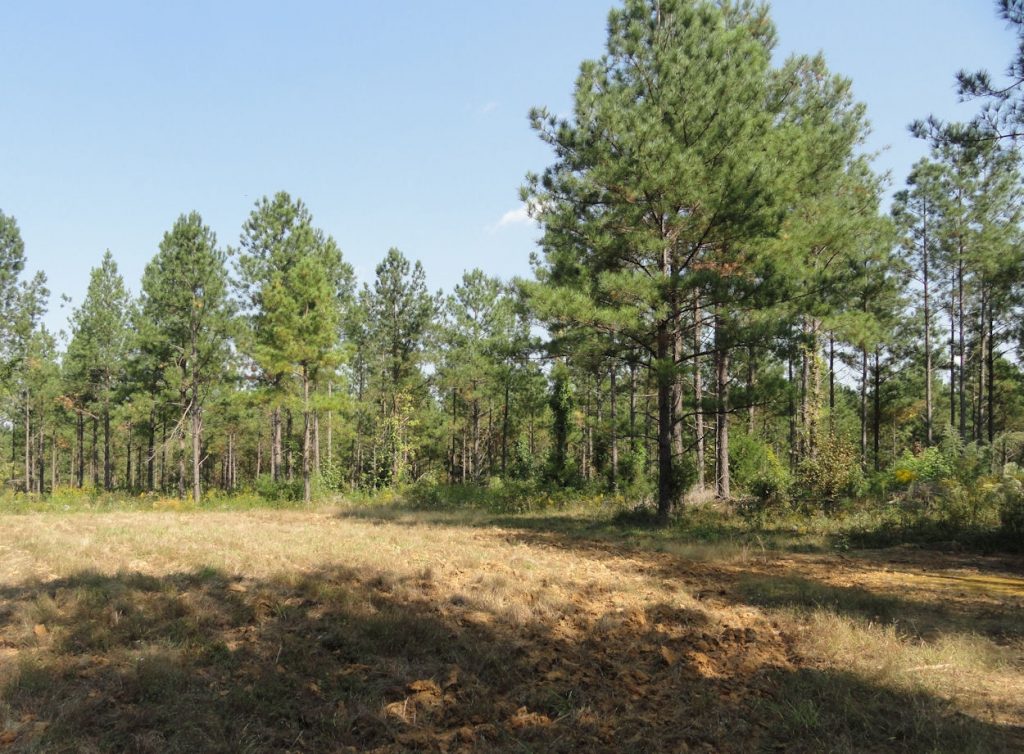
Wildlife needs edge communities, places where different biomes meet, where resources are varied. There are several natural places to put food plots. One is under any transmission wires that cross your property. You cannot use this land for much of anything anyway, so it provides a good, long narrow wildlife area. Other natural areas for food plots are landing zones.
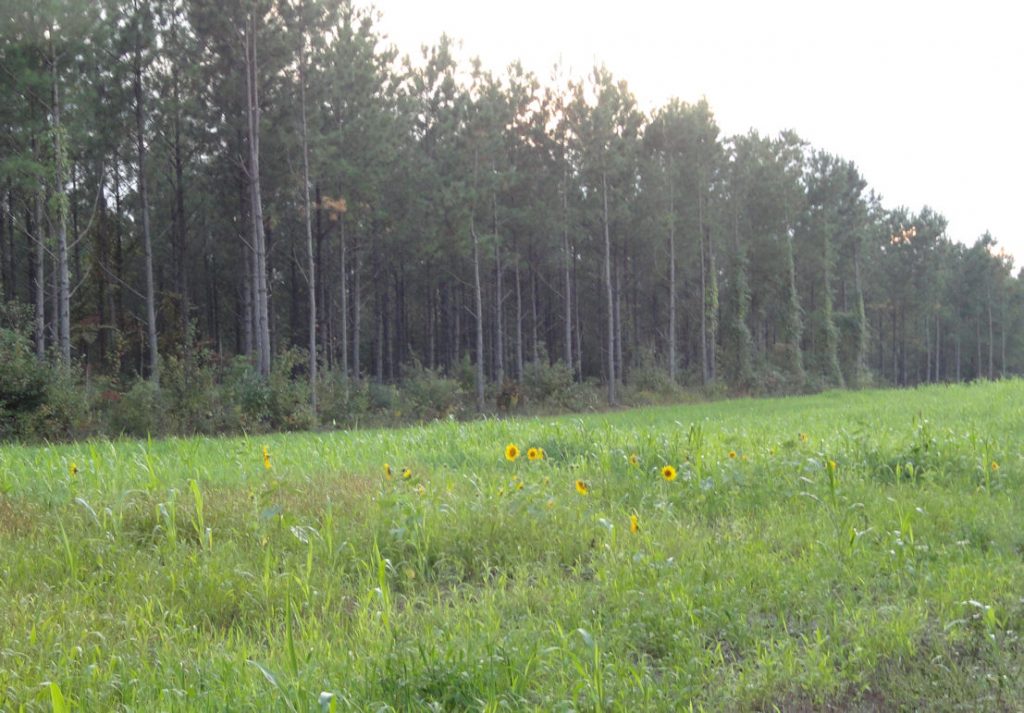
Landing zones are where loggers set up equipment to stack and process harvested timber. There is not much sense in planting them in trees, since subsequent harvests will squash them. But you don’t want to just neglect them. Because of the soil compression of the heavy machines, plants will not easily regenerate on them naturally. You need to break up the hard surfaces and plant in some wildlife plots.
The additional advantage is that the landing zones are spread out in the forest. They provide little islands of food and variety within the forest.
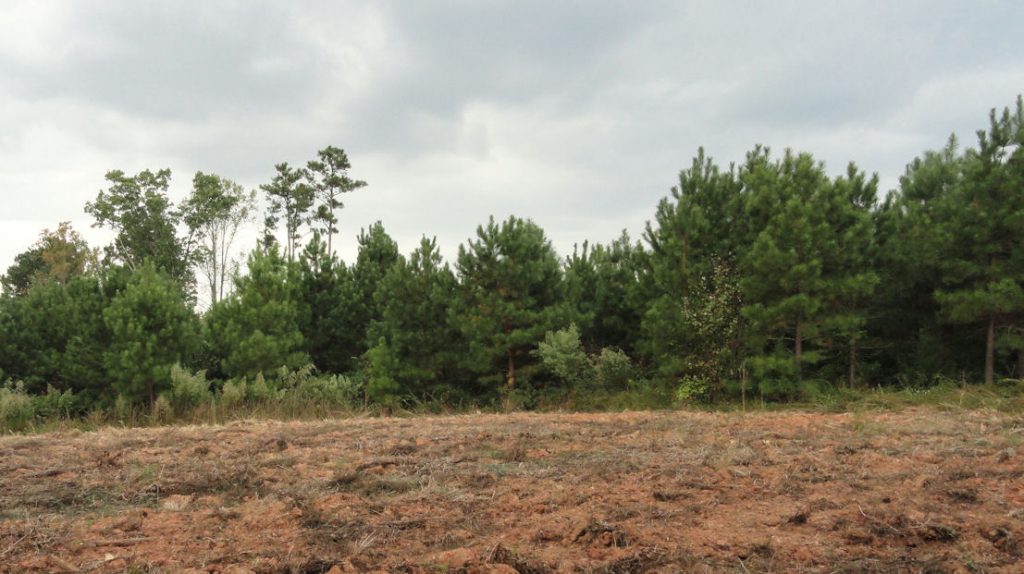
Food plots play out over time. You have to replant them every 3-5 years. I am lucky in that the guys at the hunt club do that on my land. They study this. I get the magazine that has different studies and possibilities. But each site is special. It is an art and not a science. The hunt clubs and I have common interests. They like to make the food plots to improve wildlife. I agree. They also seem just like the joy of doing it and I am happy to have them “play” with my land. One of the guys helped his granddaughter plan a food plot on our CP land. She won some kind of 4H project.
My pictures show the food plots ready to be planted or in growth. The top shows the plot on our new property. I have not yet though up a name for this place, so I am just calling it new forest. The trees are twenty-eight years old. Below that is the plot under the wires on the Freeman place. That food plot was planted last spring. The trees in the background are sixteen years old. The bottom is CP, our “original” land. Those trees are nine years old. All the stands look pretty good.
Our forests in Virginia, mine included, are not very intensive. Notice all the stuff growing under and among the trees, weeds. But the weeds are what the animals eat. They are better for the environment. I have seen much “better” managed forests, where the trees are planted closer and there is much more production per acre. I am happy to leave some space on my land for the diversity of nature. The only thing I worry about is that our business model will not be competitive. People more clever than us will figure out ways to make things more efficient. It would take away much of the joy of forestry for me. I like the easy management, less control.
That is one reason I think we have to maintain other values. One of the most important is hunting. W/o the hunt clubs, I could not mange the way I do. The hunters are really the stewards of the rural environment. I am glad they are there and that I got to know them.

